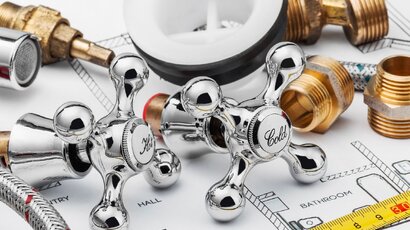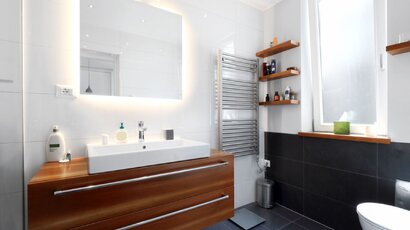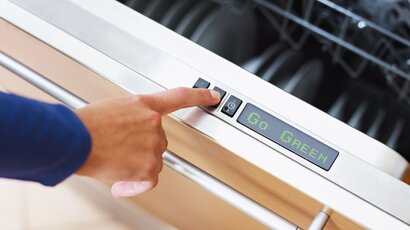Top Mistakes People Make During Plumbing Installations
This blog reveals the most common mistakes people make during plumbing installations. We’ll discuss expert tips to help you avoid costly errors and ensure your plumbing projects go smoothly.
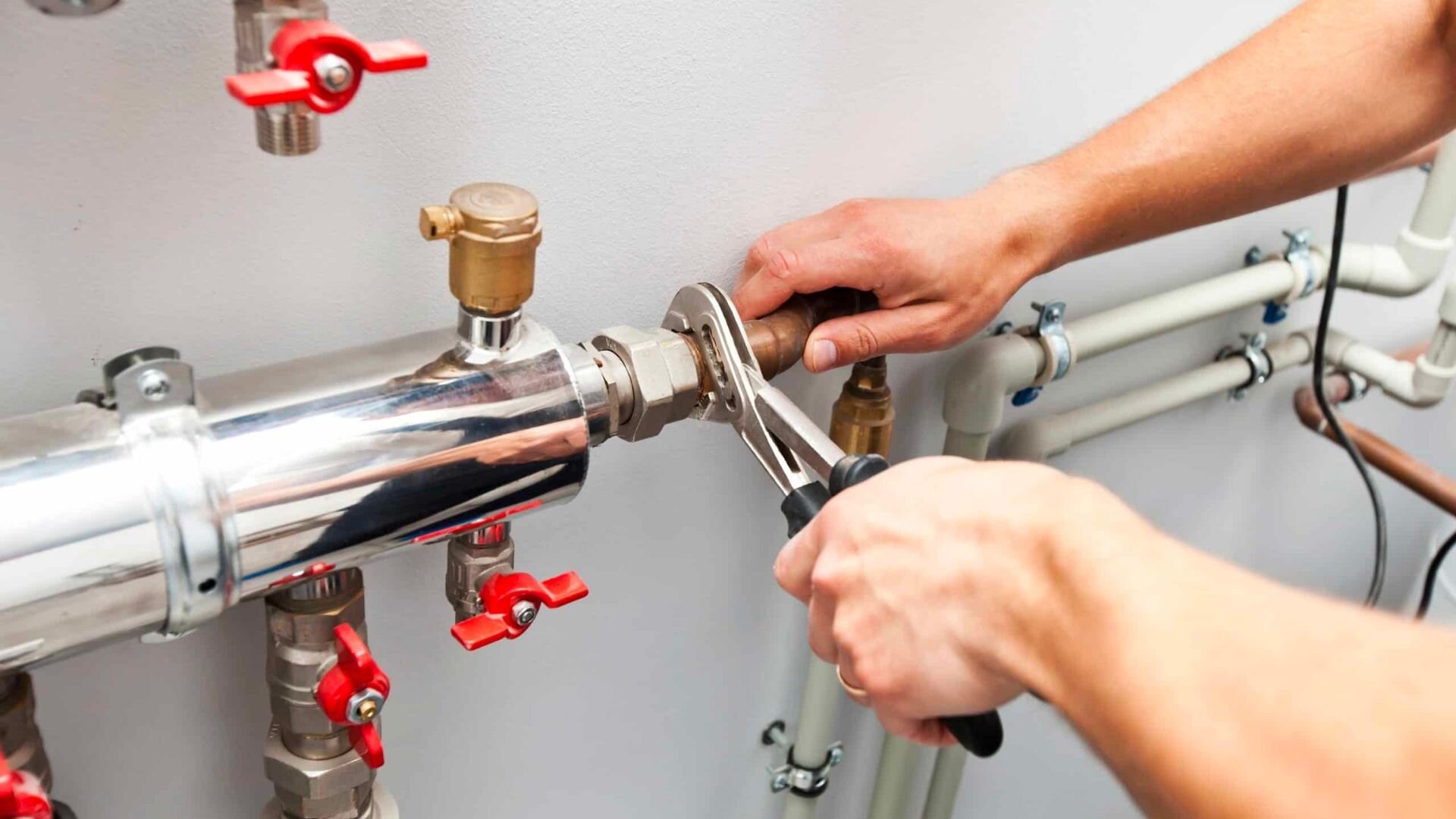
Plumbing plays a crucial role in any home or building, making sure water flows smoothly for our everyday needs. Yet, even the keenest DIY enthusiasts or seasoned plumbers can sometimes make common slip-ups during installations.
This article delves into the top plumbing errors people make when tackling projects and offers insights on how to sidestep them. Whether you’re a seasoned pro or a newbie eager to take on a plumbing task, understanding these mistakes can spare you time, cash, and stress in the long run.
So, let’s get started and ensure your plumbing installations go off without a hitch!
Proper plumbing installation is crucial for the overall functionality and longevity of your home’s water and sewage systems. Whether you’re building a new house or renovating an existing one, paying attention to the quality of plumbing installation is paramount.
Well-installed plumbing ensures water flows where it should and doesn’t leak into your walls, floors, or foundation. This helps prevent costly water damage repairs down the road. Correctly installed plumbing also prevents cross-contamination between clean water and sewage, protecting you and your family from potential health hazards like waterborne diseases.
When plumbing fixtures and pipes are correctly installed, they can boost energy efficiency, cutting down on water wastage and making sure hot water gets where it’s needed without losing heat. Using top-notch materials and methods can also lengthen your plumbing system’s life, saving you money on repairs and replacements.
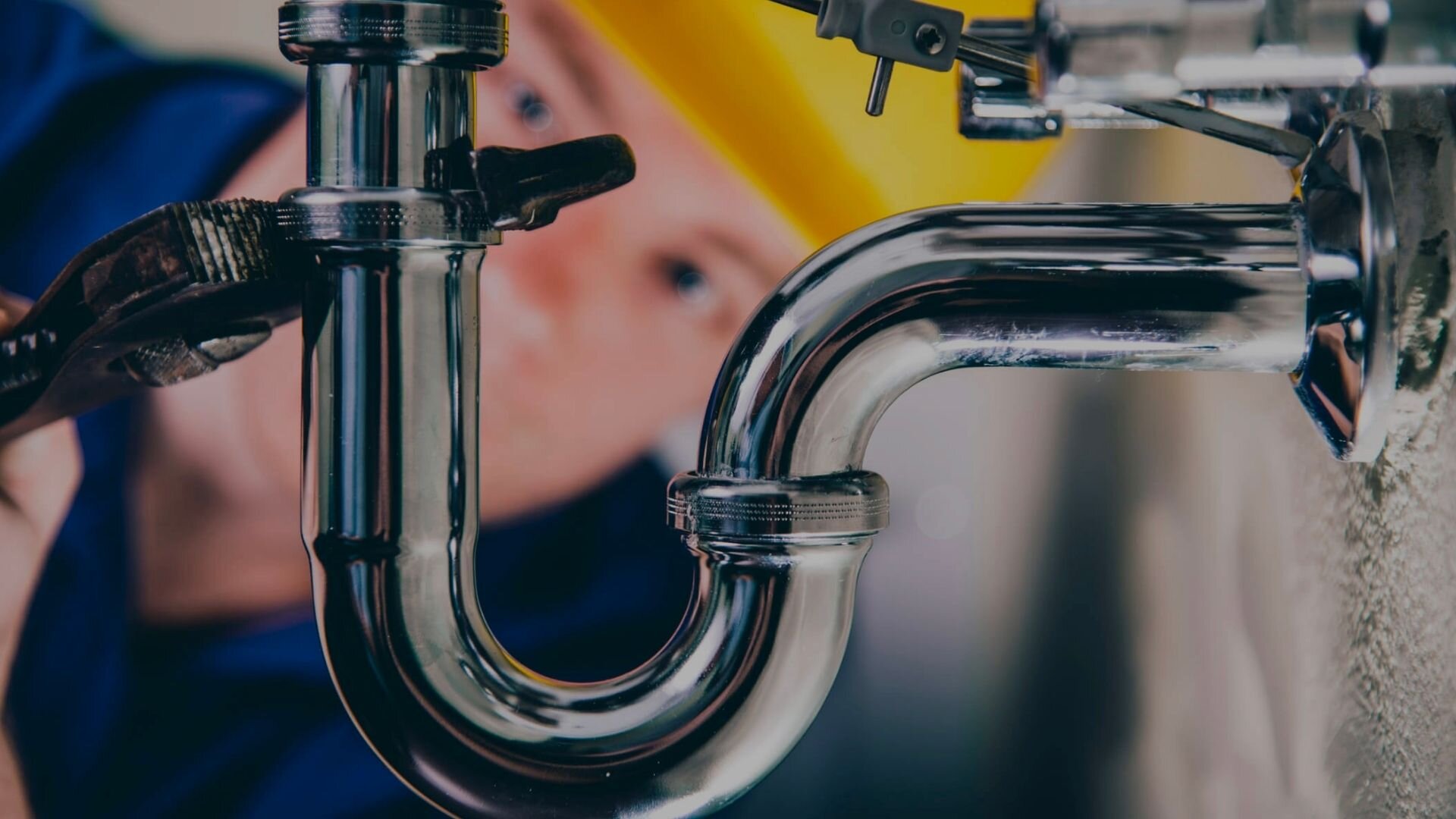
A professional plumbing installation adheres to local building codes and regulations. This legal requirement ensures your home’s safety and resale value. A well-designed plumbing system can incorporate water-saving fixtures and technologies, helping you reduce your environmental footprint and lower your utility bills. Knowing that your plumbing system has been installed correctly provides peace of mind, reducing the stress of unexpected plumbing issues.
Even a small mistake in plumbing installation can cause big headaches. Steering clear of these common errors can save you time, money, and hassle:
Improper Pipe Sizing: Using pipes that are too small for the intended water flow can reduce water pressure and flow rates. Conversely, using oversized pipes can lead to water stagnation and decreased efficiency.
Inadequate Ventilation: Poor ventilation can cause sewer gases to accumulate in your home, leading to foul odours and potential health hazards. Ensure proper venting to maintain a healthy indoor environment.
Incorrect Slope: Drain lines should be installed with a slight downward slope to facilitate proper drainage. If they slope too steeply or insufficiently, it can lead to clogs and a slow drain line.
Neglecting Permits and Codes: Skipping the necessary permits and disregarding local plumbing codes can result in legal issues and subpar installations that pose risks to your home’s safety and resale value.
Using Incorrect Materials: Using the wrong type of pipes or fittings, such as copper pipes, for specific drain applications can lead to leaks, corrosion, and costly repairs. Always select materials suitable for the intended use.
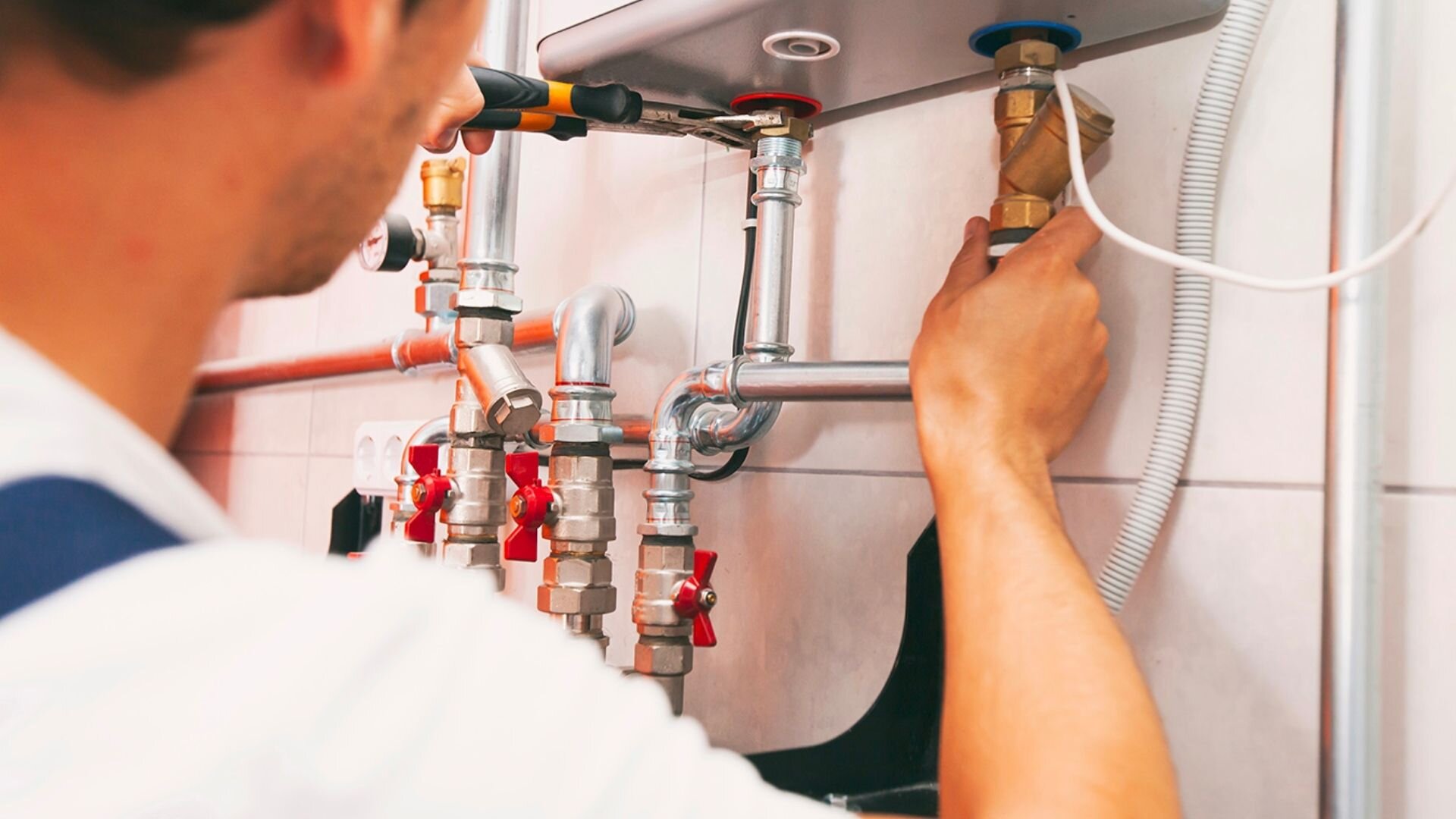
Over-Tightening Connections: Over-tightening fittings can cause damage, leading to leaks or pipe breakage. It’s essential to follow manufacturer-recommended torque specifications.
Ignoring Water Pressure: Failure to account for high water pressure can stress your plumbing system, potentially causing leaks, damaged fixtures, and increased utility bills. Consider installing a pressure-reducing valve if needed.
Skipping Insulation: In cold climates, neglecting to insulate pipes can result in frozen and burst pipes during winter. Proper insulation helps prevent costly water damage.
Improper Fixture Installation: Incorrectly installed faucets, toilets, or showerheads can lead to leaky faucets, water wastage, and inefficient operation. Always follow manufacturer instructions carefully.
Incomplete Testing: Please thoroughly test your plumbing installation for leaks and proper functionality to avoid hidden plumbing issues that become major problems later on.
To dodge these typical plumbing blunders, consider hiring a licensed plumber or follow detailed guides and best practices if you’re a DIY aficionado. Investing in a proper installation at the start can really save you time, cash, and future frustration.
When it comes to plumbing maintenance and repairs, knowing the basics and having the right tools is essential. Whether you’re tackling simple plumbing jobs or facing more complex issues, here are some valuable insights and a list of crucial tools you should have:
Overtightening Toilet Closet Bolts: Be gentle when securing your toilet. Overtightening can lead to cracks and leaks.
Using Too Much Muscle: Plumbing often requires finesse, not brute force. Applying excessive pressure can damage pipes and fixtures.
Neglecting Drain Maintenance: Regularly clear drains to prevent clogs and the need for chemical drain cleaners.
Ignoring Leaky Faucets: A small drip can waste a lot of water and money. Fix leaks promptly.
Incorrect Use of Thread Tape: Use PTFE thread tape correctly to ensure watertight seals on threaded connections.
While DIY plumbing can save money, some jobs are best for professional plumbers, especially when dealing with complex plumbing systems or significant issues. If you’re uncertain, it’s always wise to seek expert advice.
Proper plumbing installation is essential to ensure a reliable and trouble-free water system in your home. Here are some valuable tips to help you steer clear of common plumbing installation mistakes:
Plan Thoroughly: Before you begin any plumbing project, take the time to plan it out meticulously. Understand the layout, measurements, and materials required. Having a clear plan reduces the likelihood of plumbing mistakes.
Observe Local Codes: Familiarise yourself with your local building codes and regulations related to plumbing installations. Complying with these standards is a legal requirement and ensures safety and quality.
Use Quality Materials: Invest in high-quality plumbing materials and fixtures. Choosing the cheapest options may save money upfront, but it can lead to problems in the long run. Quality materials are more durable and less prone to leaks and corrosion.
Get the Right Tools: It is crucial to have the appropriate tools for the plumbing job. Using the wrong tools can lead to improper drain fittings, damaged pipes, and frustration. Invest in good-quality plumbing tools for accurate installations.
Measure Twice: The adage "measure twice, cut once" is especially true in plumbing. Double-check your measurements to avoid wasting materials and ensure a precise fit.
Follow Manufacturer Instructions: Always follow the manufacturer’s installation instructions for fixtures and materials. These guidelines are designed to ensure proper installation and optimal performance.
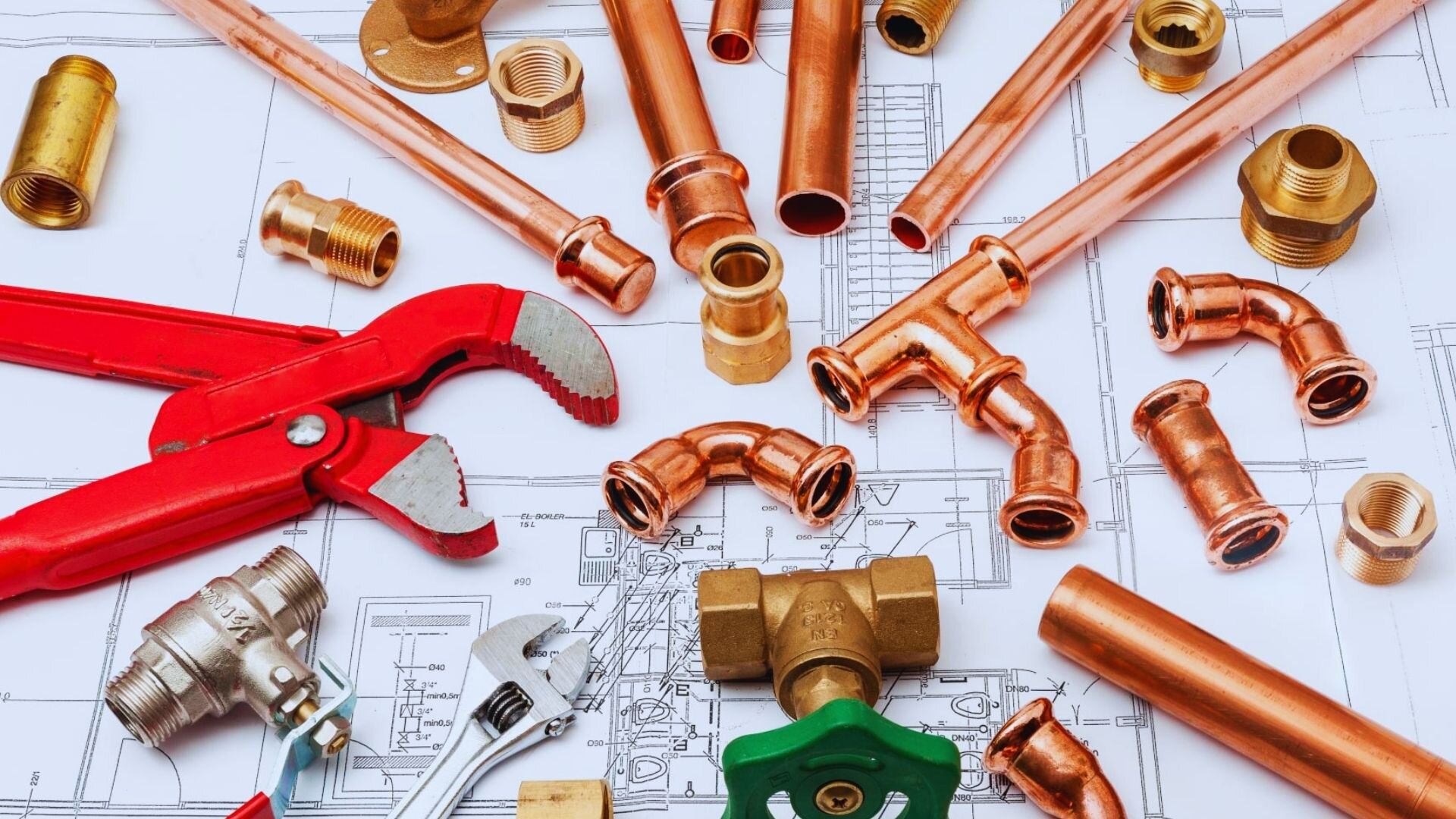
Properly Secure Pipes and Fittings: Ensure that pipes and fittings are securely fastened and supported. Loose connections can lead to leaks and structural damage over time.
Test for Leaks: After completing an installation, perform thorough leak tests before closing up walls or concealing pipes. Early detection of leaks allows for quick fixes and prevents costly damage.
Avoid Over-Tightening: Do not over-tighten fittings, as this can damage them and cause leaks. Follow the recommended torque specifications provided by the manufacturer.
Insulate Exposed Pipes: If your plumbing runs through unheated areas, such as crawl spaces or exterior walls, insulate the pipes to prevent freezing during cold weather.
Consider Professional Help: For complex plumbing projects or if you’re unsure about your skills, it’s wise to hire a licensed plumber. They have the expertise and experience to ensure a problem-free installation.
Learn Continuously: Plumbing techniques and technology evolve. Stay updated with the latest trends and best practices in plumbing to enhance your skills and knowledge.
Plumbing installations can be tricky, but with the proper knowledge and precautions, you can avoid the common plumbing mistakes discussed in this article. Remember, a successful home plumbing project ensures efficient water flow and safeguards your home from potential disasters.
At WP Plumbing, we get that plumbing’s not just about pipes; it’s about peace of mind. Our seasoned pros are ready to help with all your plumbing needs, from installations to maintenance or repairs. If you need guidance or a hand with your plumbing project, don’t hesitate to contact us.
Your satisfaction and the integrity of your plumbing system are our top priorities. Contact WP Plumbing today to ensure your plumbing installations are done right the first time and enjoy worry-free water flow in your home.
Learn how to tackle everyday plumbing appliance problems with our expert tips and DIY solutions, ensuring your home runs smoothly.
Interested in upgrading your plumbing appliances? Stay ahead of the curve by exploring the latest trends in plumbing appliances, from cutting-edge technology to sustainable solutions, we have listed it all in this guided!
Explore the world of innovative plumbing appliances and how they can transform your living spaces into modern, efficient havens. Discover how innovative plumbing appliances can revamp your space. Explore FAQs, trends, and tips for a modern, efficient home.
